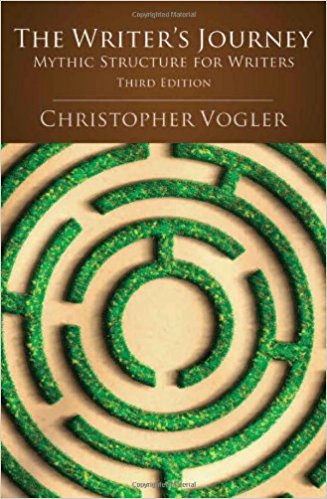
3 ways to begin to develop the characters in your story
I promised in my last post on beginning a novel that I would write about creating characters.
Of course, to begin with, I have characters swarming, ideas both historical and fictional. I’ve already searched photo databanks for images that might fit. (Currently, I like using Unsplash for contemporary photos, largely because they tend to be more natural and have personality.)
These incendiary sparks are key, but at a certain point, I have to become analytical.
The first step: The Writer’s Journey
I begin this process by reviewing Part One of The Writer’s Journey; Mythic Structure for Writers, by Christopher Vogler. (This is a book on writing I highly recommend.)
I list the archetypes that traditionally most good stories need:
- Mentor
- Hero/Heroine
- Threshold Guardian(s)
- Herald
- Shapeshifter
- Ally (or Allies)
- Trickster
- Shadow(s)
And then I begin mulling over the characters in My Next Novel (working title, “Raptor Girl”). The roles can be combined into one character (i.e. Shadow and Shapeshifter). I know who my Heroine is, as well as my evil Shadow, and I’m fairly certain that the Mentor is my Heroine’s father. But looking at this list, I realized, Damn, I don’t have a Trickster! And I need one. I need someone to bring humor to this story.
So right now, at this point, I’m still mulling. But that doesn’t stop me from moving onto the next step.
Step two: consulting The Positive Trait Thesaurus, The Negative Trait Thesaurus, and The Emotional Wound Thesaurus
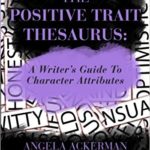
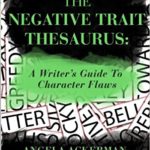
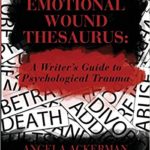
I love these thesauruses. There are more, and I’ve used them all at various stages of writing a novel. At this mulling-about-characters stage, they are a great way to brainstorm. It’s also a good way to identify where the confusions lie.
I immediately identified my heroine Molly as alert (she’s a falconer, after all), and I have a fairly good feel for her brothers and her mother, but her father and the villain remain just a little mysterious to me yet. And who the heck is the Trickster?
Is it the “Wild Woman”?
I’ve long been drawn to having a character I think of as “Wild Woman,” inspired by this amazing portrait:
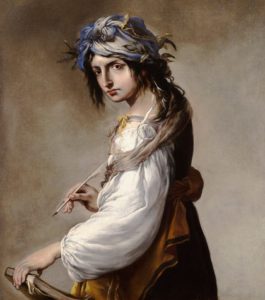
This is “Lucrezia as Poetry” by Salvator Rosa. (An amazing portrait, don’t you think?) But where would she fit in? (Speak to me, Lucrezia!) Might she be a Trickster? Quite possibly. She might well also be a Shapeshifter or even a Mentor.
I’m still in the mulling stage, but it’s time to put together files for all of these characters, including their images, their roles in the story, their positive and negative traits, and (most important) emotional wounds.
And then, step three: the fun part
Once all this begins to congeal somewhat, I will assign sun signs (unless, of course, they are already historically known), and give some thought to where they all fall on an Enneagram chart: Perfectionist? Nurturer? Achiever? Romantic? Observer? Skeptic? Adventurer? Leader? Peacemaker?
I used Enneagram for my most recent novel (The Game of Hope) and Caroline Bonaparte, the Villain, was clearly a #8 (the Boss, Leader or Challenger, depending).
I’ve just bought Believable Characters; Creating with Enneagrams by Laurie Schnebly—so I can’t report on it yet—but there are a number of helpful articles on the Net:
- Using the Enneagram personality types to understand your characters’ motivations
- Can the enneagram make you a better writer?
Additionally, if you get hooked on all this—warning: it can become a tempting diversion—there is an online 10-week course available:
Final step: integration
The final challenge will be to pull all this information together and begin to form an integrated concept of each character, filling out the details of their lives, their health, their appearance, their eccentricities.
And then, of course, let them loose in your story!

